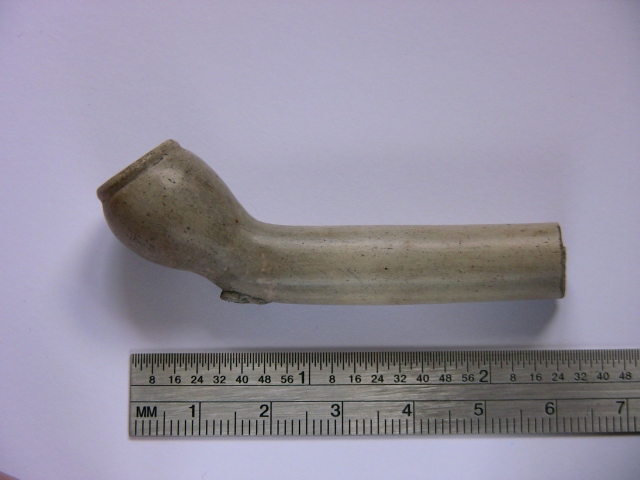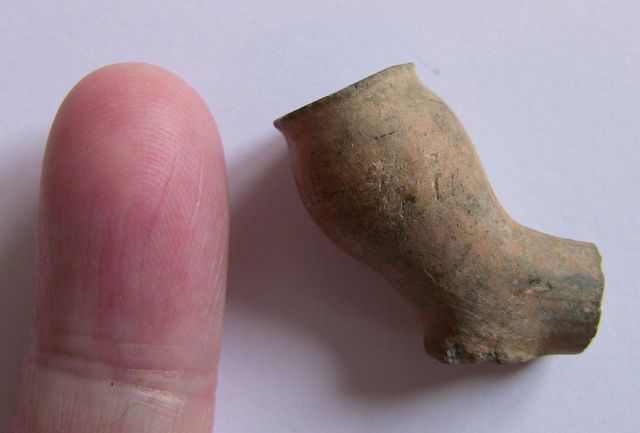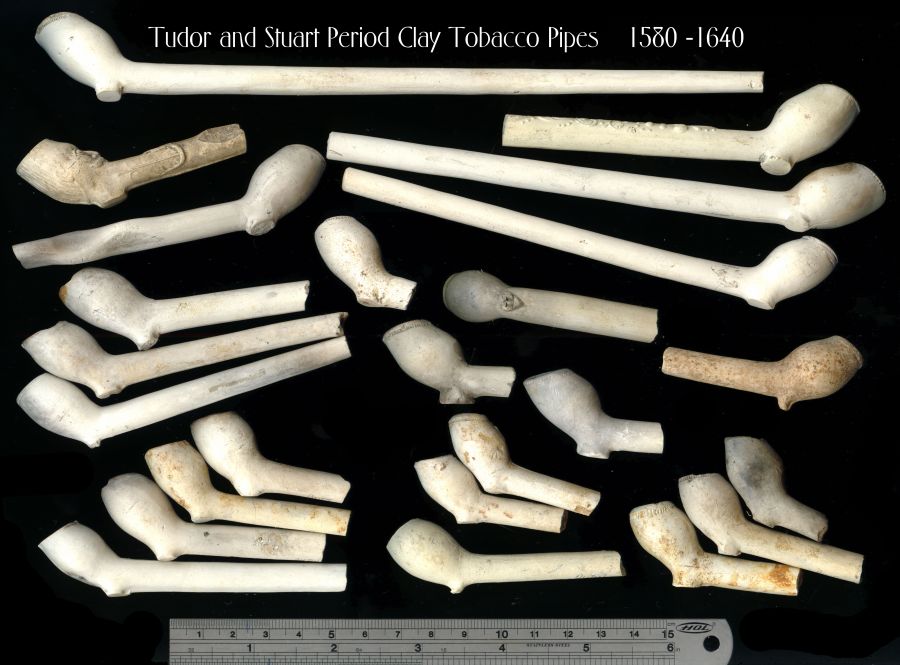Love it or hate it, 2016 is the year of the “vape”. People countrywide (2.8 million of them in fact) are ditching cigarettes in exchange for the (possibly) healthier electronic alternative, and the new vaping sub-culture is gripping the nation with its mind-boggling range of flavours and colours to choose from. Never before has a physical addiction been so accessorisable.
Will e-cigs eventually replace cigarettes? Probably. And this transition, as with any cultural and commercial change, will show up on the material record. Archaeologists 500 years from now will note the sudden early-21st-century introduction of plastic and metallic atomisers and inhalers, followed by a steady decline in disposable lighters. In fact, give it a few more decades and disposable lighters will be a thing of the past. Children will find them in attics or half-buried in fields, and will wonder what their purpose was; perhaps they’ll make up stories about these peculiar plastic and metallic cuboids that, according to their grandparents, used to make fire. And, as any folklorist knows, such stories are only a few steps away from becoming folklore.

This is, after all, what happened to another smoking implement that eventually became redundant: the clay tobacco pipe.
 Clay tobacco pipes. Image courtesy of Heather Coleman
Clay tobacco pipes. Image courtesy of Heather Coleman
Originally brought over from the Americas, clay pipes first began to be produced in Europe in the 1570s/80s. By the mid-17th century they were being used widely across Britain and became one of the first items to be mass-produced. Throughout the 18th and 19th centuries they were so affordable that almost anyone, regardless of class, could smoke if they so wished. The clay pipe didn’t stay the same during this period though; as tobacco grew cheaper the bowls became larger, the stems longer, and designs more intricate. Some were elaborately decorated; others bore symbols of propaganda. But following the First World War and the rise of cigarettes, their popularity declined, their manufacture almost disappearing completely with the exception of a few specialist workshops.
Today clay tobacco pipes are antiquities; objects of the past – albeit very common ones. Because clay pipes were so cheap they were seen as semi-disposable, which is probably why so many of the older, small-bowled styles were being found long after they’d ceased being used – found, for example, by children half-buried in fields, who wondered what their purpose was. Such wonderings seem to have led to stories, and such stories led to folklore.
 Clay tobacco pipe. Image courtesy of Heather Coleman
Clay tobacco pipe. Image courtesy of Heather Coleman
In the 19th century it was believed that these little clay pipes belonged to the fairies – a belief no doubt stemming from their minuscule size (see image below). Folklorist Sidney Oldall Addy (1895) recounted a letter sent to him by a Reverend Gatty in the late 1800s: “I found a hundred or more [pipes] on the moorside at Bradfield. Who smoked up there in those days? … The fairies are supposed to smoke, but where they get their tobacco from is a secret. Certainly the pipes are quite small enough for such small folk, and I have some specimens quite absurd in size. I am certain that the people believed in the fairies smoking. My old clerk at Bradfield – who always swore by the mess, not mass – used to argue the point with a friend over a glass of beer.”
Elias Owen (1887) described the same belief in Wales: “Cetyn y Tylwyth Têg, or Fairy Pipes, are small clay pipes, with bowls that will barely admit the tip of the little finger. They are found in many places, generally with the stem broken off, though usually the bowl is perfect.” While Thomas Crofton Croker (1838) detailed similar beliefs in Ireland: “Small tobacco pipes, of an ancient form, are frequently found in Ireland on digging or ploughing up the ground, particularly in the vicinity of those circular entrenchments, called Danish forts, which were more probably the villages or settlements of the native Irish. These pipes are believed by the peasantry to belong to the Cluricaunes [mischievous Irish fairies], and when discovered are broken, or otherwise treated with indignity, as a kind of retort for the tricks which their supposed owners had played off.”
 The bowl of a clay tobacco pipe. Image courtesy of Heather Coleman
The bowl of a clay tobacco pipe. Image courtesy of Heather Coleman
It may be difficult to reconcile these traditions with our notion of fairies today (even in the 1950s, a Tinkerbell with a tobacco addiction wouldn’t have sat right with moviegoers). But the fairies of the 18th and 19th centuries were very different creatures to the saccharine characters of modern imagination.
Was it this association with the fairies that led to clay pipes being used as concealed deposits, hidden up chimneybreasts and under floorboards in the 18th and 19th centuries?
The first example of this I came across was in Bury, Greater Manchester, where “several, old-fashioned” clay tobacco pipes had been found alongside a child’s shoe in the chimneybreast of The Lamb pub, built in 1830 (blog post about this here). While the shoe was retained, the pipes were discarded, to be later replaced by replicas which sit alongside the shoe in a glass-fronted case on the fireplace in the pub.

Two other examples of concealed pipes are held at the Gressenhall Farm Museum in Norfolk. One pipe was found up the chimney of a 16th-century farmhouse in Alburgh, broken into two pieces, while the other case, consisting of nine clay-pipe fragments, was found alongside an earthenware jar and several pottery sherds beneath the floor of a building in Salthouse. It isn’t just these three examples though: June Swann, foremost authority on concealed shoes, lists 21 examples of shoes hidden alongside clay pipes. She also notes how many other shoes are found with “objects of fire”, such as candlesticks, lamps, snuffers, and coal. Were these objects chosen for concealment because of their association with fire and, if so, why? Was it a way of inoculating a house against fire, as we believe timber burns were meant to be?
Why else might clay pipes be hidden away up chimneybreasts and under floorboards? Was it because they were semi-disposable, whilst simultaneously being quite personal items, in the sense that they – like shoes – were often in physical contact with their owners? Many pipe stems have been found bearing teeth marks: an incidental but unambiguous stamp of ownership; a material connection between person and object. Were they retained out of sentimentality? Or was it about protection? The popular argument that shoes were concealed because of their connection with their owners – an object is imbued with its owner’s protective power – could easily extend to clay pipes as well. Were they concealed in homes, therefore, to ward off malevolent, supernatural forces?
Another interesting question is why are so many of the clay pipes fragmented? Was it because, as Croker wrote, people believed that they belonged to the fairies and so broke them in retaliation for the fairies’ mischievous tricks? Another notion I’ve come across anecdotally is that it was considered unlucky to dispose of an intact clay pipe, so people broke them before disposing of them. Or maybe the simplest answer is the right one: pipes are found broken because they were so fragile, and perhaps these later ‘traditions’ of bad luck and fairies simply developed from a desire to explain their frequent fragmentation.
Whatever reasons motivated people to hide clay pipes up the chimneybreasts and under the floorboards of their homes, it’s safe to say that they weren’t originally crafted with that purpose in mind. They were made for smoking, and their earliest manufacturers and users probably would have been baffled by their later ritual uses and folkloric associations – just as we’d be baffled to hear that disposable cigarette lighters may someday be viewed as mystical, magical objects from a distant past.

I collected these many years ago, most of them come from a ‘private’ rubbish tip used by the local pubs. They would be sold ready filled on the bars. They were bought as a throw away item although they could be re-used until they broke.
LikeLike
On another site I read that another possible reason for the intentional breaking was that the stems were frequently clogged with residue from smoking so their owners would simply break off the clogged portion instead of discarding the whole pipe.
LikeLike
That’s very interesting, thank you! Do you have a link to that other site please?
LikeLike
Sorry for the delay, Ceri. Yes, here’s the link. The bit about breaking pieces off to bypass blockage can be found about halfway down in the fourth block of text.
http://www.tidelineart.com/tideline-art-blog/pipe-dreams
LikeLiked by 1 person